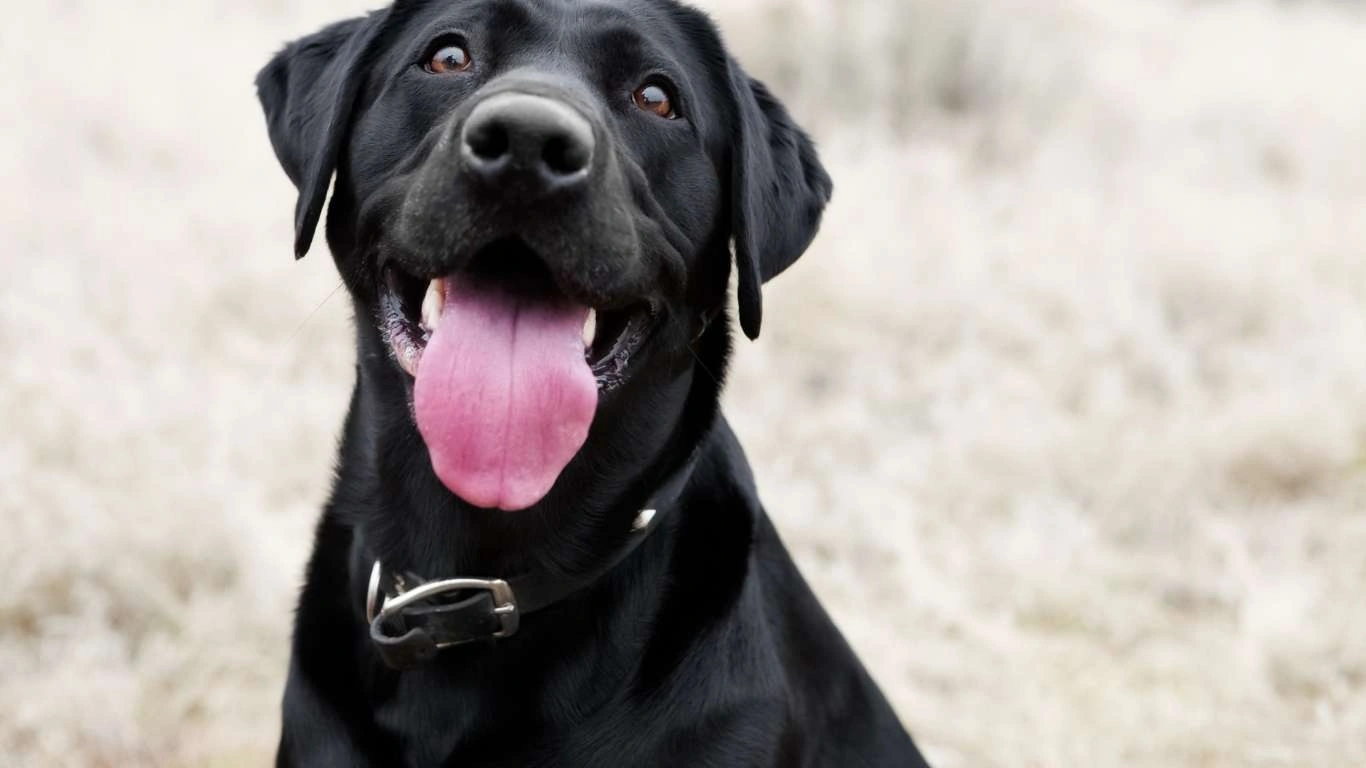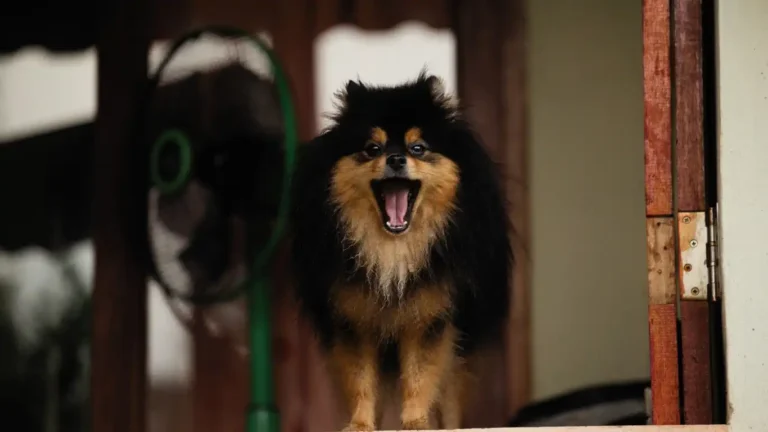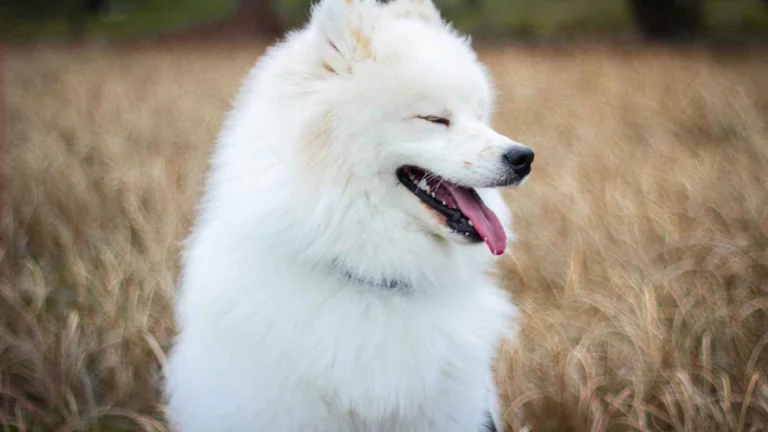Best Diet for Dogs with Anemia: Boost Health & Energy Fast!
As a pet nutritionist with years of experience in veterinary clinics, I’ve seen firsthand how diet can make a world of difference for dogs struggling with anemia. When pet parents ask me about the best diet for dogs with anemia, I always tell them that food isn’t just fuel—it’s medicine. The right balance of nutrients can help support red blood cell production, boost energy levels, and improve overall well-being. If your pup has been diagnosed with anemia, don’t worry—you’re not alone, and there are plenty of ways to help through nutrition. Let’s dive into how you can feed your furry friend for optimal recovery.
Understanding Canine Anemia: Causes and Symptoms
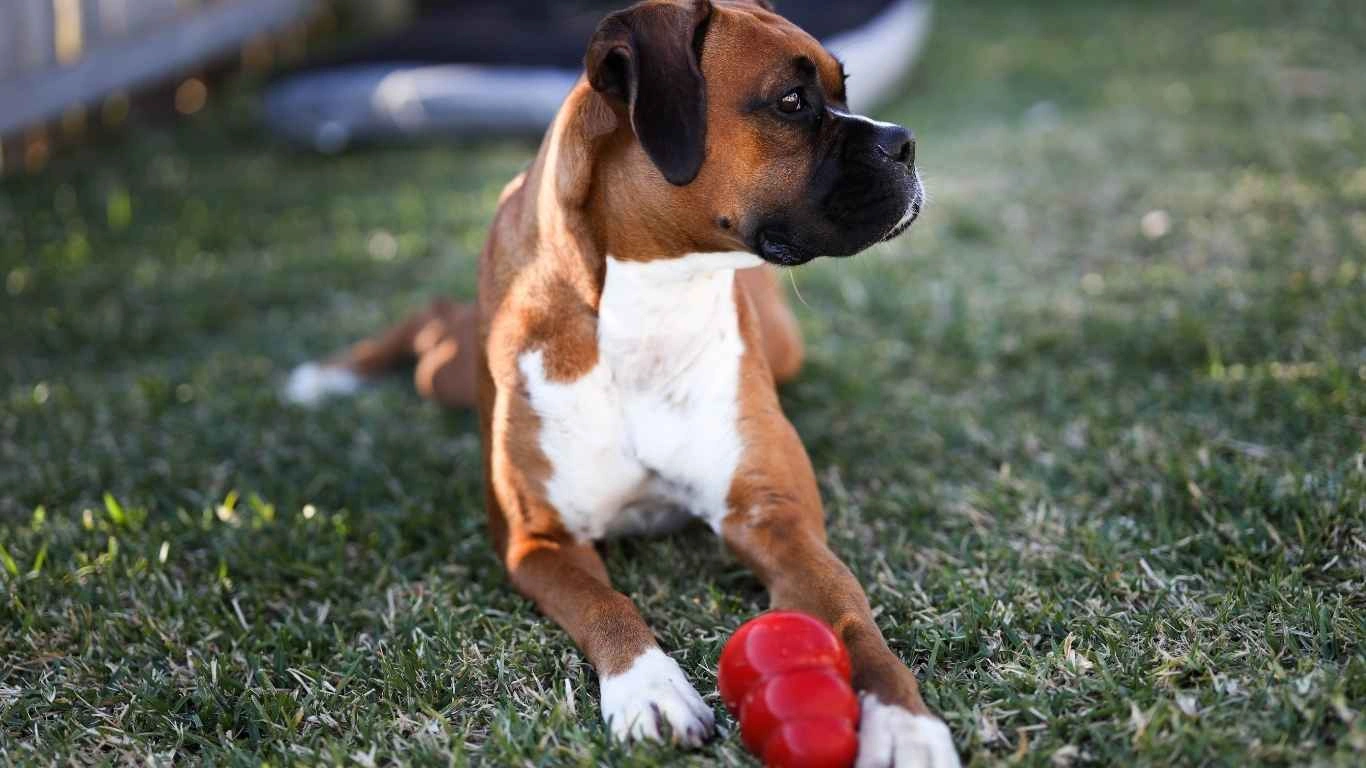
Before we get into specific diet recommendations, it’s essential to understand what anemia is and why it happens. In simple terms, anemia is a condition where your dog has fewer red blood cells than normal, which means less oxygen is being delivered to their organs and tissues.
Common Causes of Anemia in Dogs
From my experience working in veterinary clinics, anemia in dogs is usually caused by one (or a combination) of the following factors:
- Blood loss – Due to injuries, surgery, internal bleeding (ulcers, tumors), or parasites like fleas and ticks.
- Immune system disorders – Some conditions cause a dog’s immune system to attack its own red blood cells.
- Nutritional deficiencies – Lack of essential vitamins and minerals like iron, B vitamins, and copper.
- Chronic diseases – Conditions such as kidney disease or cancer can lead to anemia over time.
It’s always heartbreaking to see a dog struggling with anemia, but catching it early can make all the difference.
Symptoms to Watch Out For
Some dogs show subtle signs, while others have more obvious symptoms. If you notice any of these, it’s time for a vet visit:
- Pale gums – One of the first signs of anemia. Healthy gums should be pink, not white or gray.
- Lethargy – If your dog is suddenly sleeping more or lacking energy, their red blood cells might be low.
- Rapid breathing or heart rate – The body is working harder to circulate oxygen.
- Loss of appetite – Anemic dogs often lose interest in food.
- Dark stools – Could indicate internal bleeding, a serious cause of anemia.
If your pup is showing any of these signs, a vet visit is non-negotiable. Once anemia is confirmed, the next step is crafting a diet that supports their recovery.
Key Nutrients for Dogs with Anemia
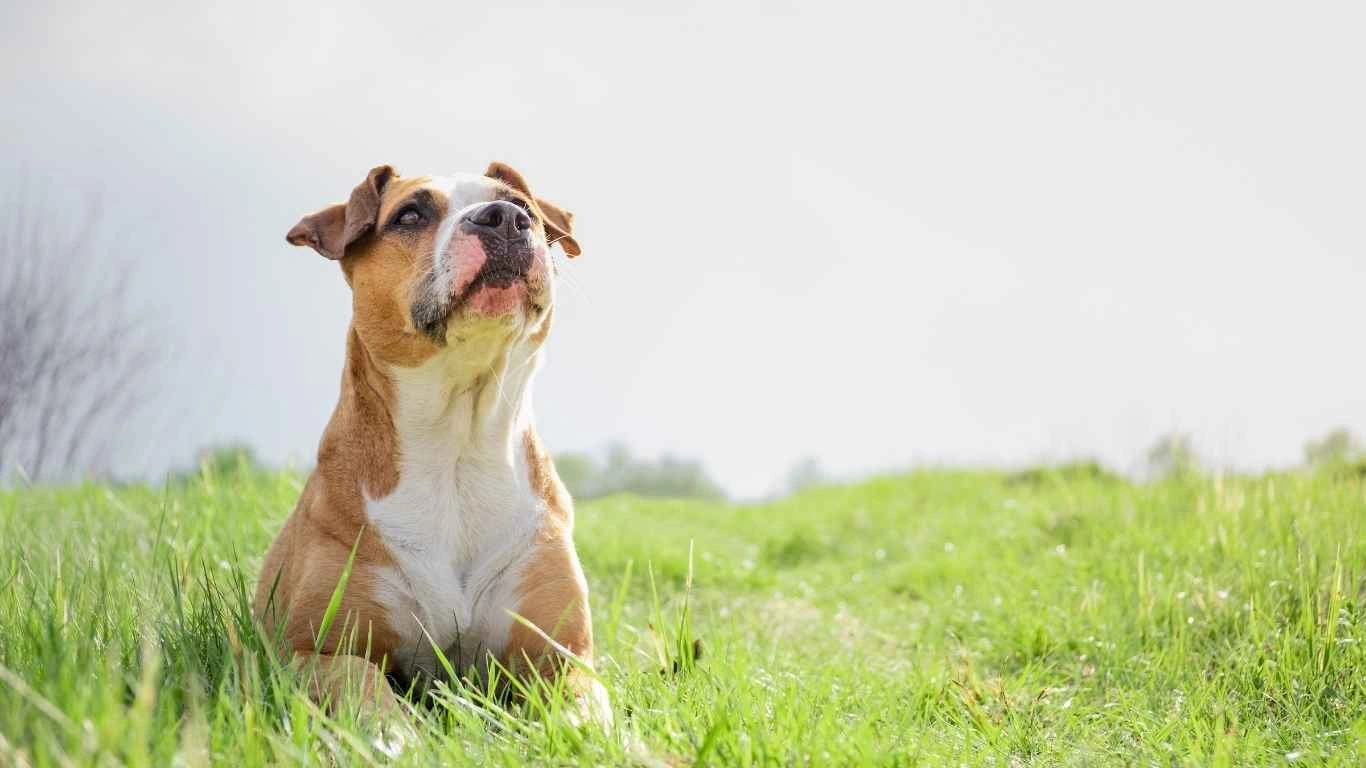
A well-balanced diet can help boost red blood cell production and overall vitality. Based on my hands-on experience, here are the most crucial nutrients your dog needs:
Iron: The Powerhouse Mineral
Iron is essential for red blood cell production, and without enough of it, your dog’s body won’t be able to transport oxygen efficiently. The best natural sources of iron for dogs include:
- Organ meats – Liver, kidney, and heart are rich in heme iron, which is highly absorbable.
- Lean red meat – Beef, lamb, and venison are excellent sources.
- Egg yolks – A great addition to homemade dog meals.
- Fish – Sardines and salmon contain iron and other beneficial nutrients.
One thing I always remind pet parents: If you’re adding liver to your dog’s diet, keep portions in check! Too much liver can lead to vitamin A toxicity.
Vitamin B12 and Folate
These two vitamins are crucial for red blood cell formation. Dogs with anemia often benefit from:
- Chicken and turkey – Lean and packed with B vitamins.
- Eggs – Another powerhouse ingredient for boosting B12.
- Green leafy vegetables – Spinach and kale (in small amounts) offer a folate boost.
Many anemic dogs I’ve worked with showed noticeable improvement once we incorporated more B-vitamin-rich foods into their meals.
Best Diet for Dogs with Anemia: What to Feed

Now that we’ve covered the key nutrients, let’s talk about meal planning. Whether you prefer home-cooked meals or high-quality commercial food, the goal is to provide a balanced, nutrient-rich diet. Here are some feeding strategies:
Homemade Diet
For pet parents who love to cook, a homemade diet can be an excellent option. A simple, iron-rich meal might include:
- Cooked beef or liver – Provides essential heme iron.
- Steamed leafy greens – Spinach or kale (small amounts) add folate.
- Egg yolk – A natural source of iron and B vitamins.
- Quinoa or brown rice – A good source of fiber and minerals.
- Bone broth – Supports gut health and provides hydration.
From experience, I’ve found that dogs with anemia tend to do well on gently cooked meals rather than raw diets, as cooked food is often easier to digest.
Commercial Diets: Finding the Right Food for Anemic Dogs
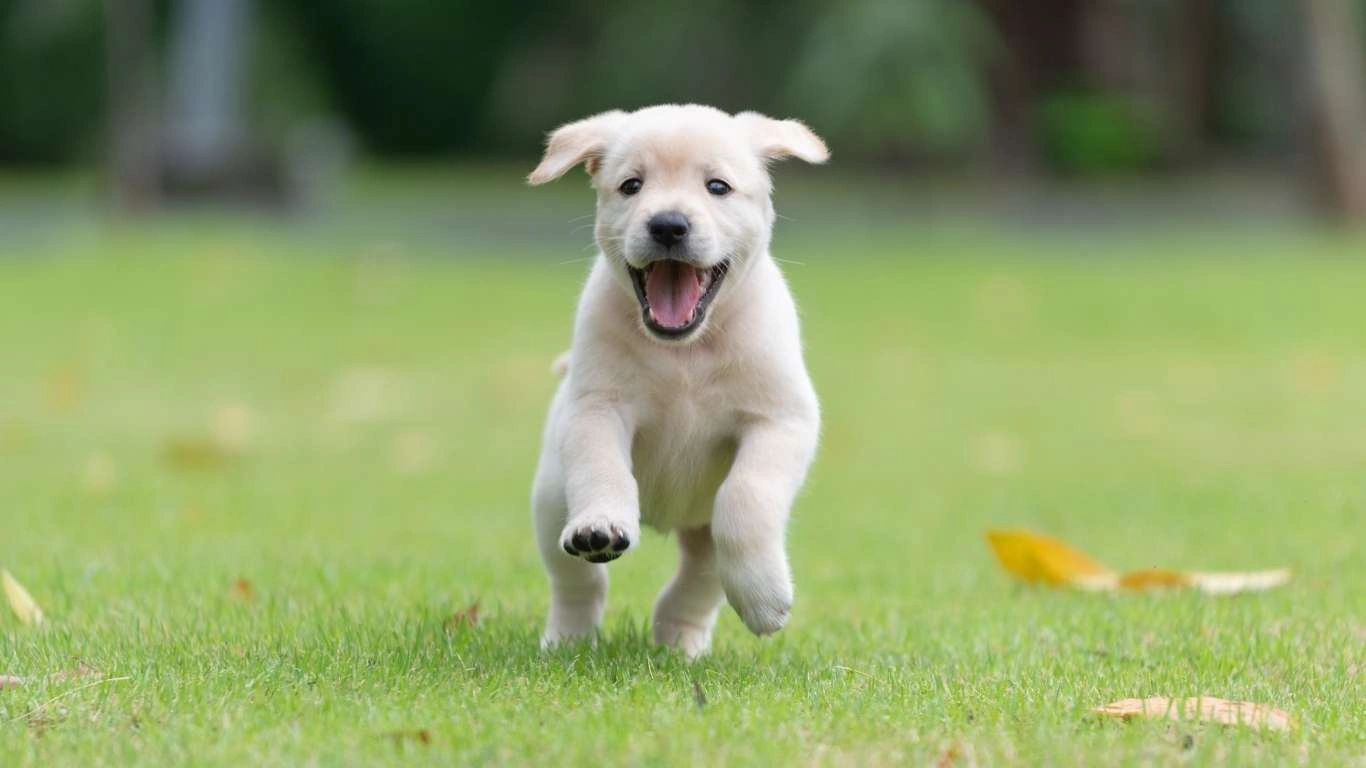
Not every pet parent has the time to prepare homemade meals—and that’s totally okay! There are plenty of high-quality commercial dog foods formulated to support red blood cell production. When choosing the best diet for dogs with anemia, I always recommend checking the ingredient list carefully. Look for foods that contain:
- Real meat as the first ingredient – Beef, chicken, lamb, or fish should be the main protein source.
- Organ meats – Liver, heart, and kidney provide natural heme iron.
- Added vitamins and minerals – Specifically iron, vitamin B12, and folic acid.
- Healthy fats – Omega-3s from fish oil help with inflammation and overall health.
One of my top recommendations is selecting a food labeled for “active” or “performance” dogs, as these often have higher protein and iron content. If your dog’s anemia is due to a health condition, your vet might also suggest a prescription diet tailored to their needs.
Iron Supplements: Are They Necessary?
Many pet parents ask me if they should give their dog an iron supplement. The answer? It depends. While some dogs benefit from iron supplements, giving too much can actually be harmful. Iron overload can lead to digestive upset, liver issues, and other complications.
Before reaching for a supplement, consult your vet. If your dog does need extra iron, some safe options include:
- Ferrous sulfate – A common iron supplement, but should only be given under veterinary supervision.
- Desiccated liver tablets – A natural way to boost iron intake.
- Liquid iron supplements – Often easier to mix into food.
Personally, I prefer to focus on iron-rich foods first before considering supplements. In my experience, dogs absorb nutrients better from whole foods than from synthetic pills.
Hydration and Digestive Support for Anemic Dogs
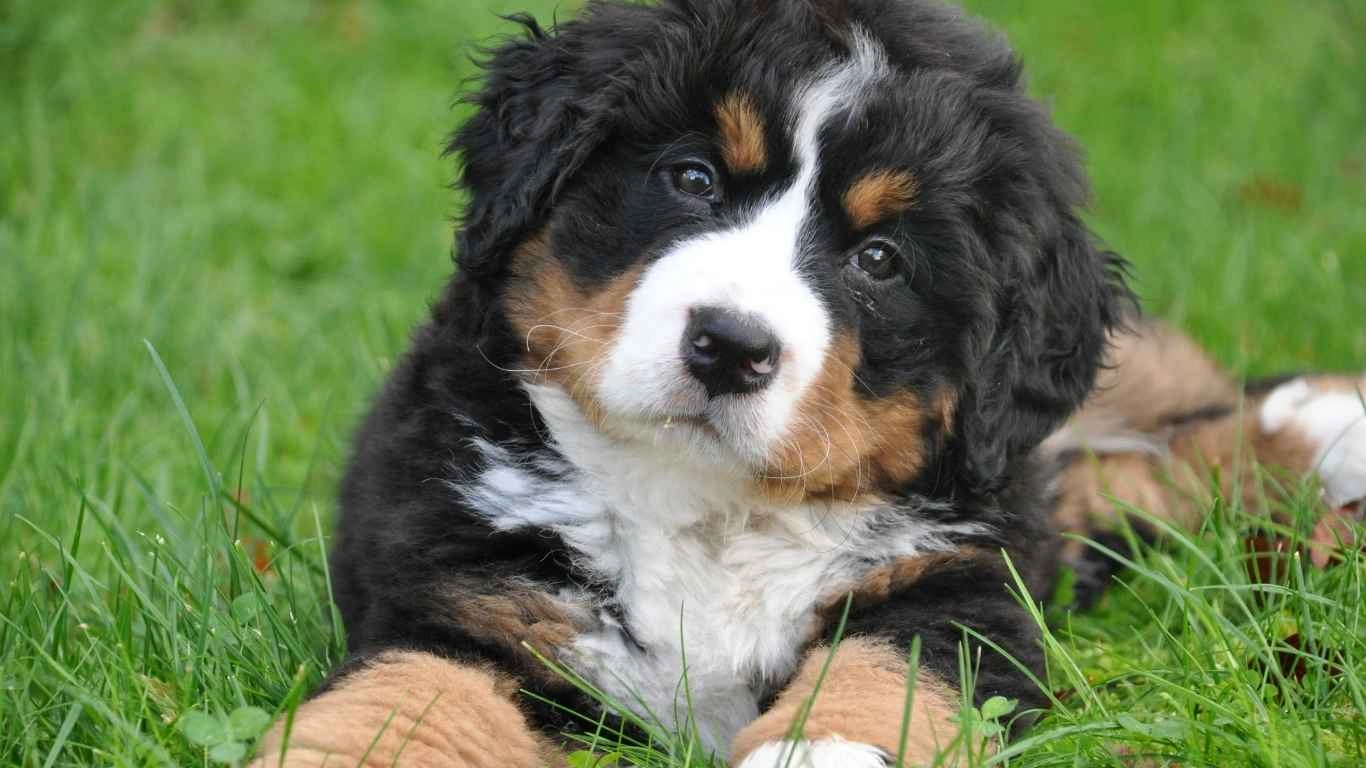
One aspect of recovery that often gets overlooked is hydration. Anemic dogs can become dehydrated more easily, which can worsen their symptoms. Making sure your pup drinks plenty of water is crucial, but there are also some extra tricks to keep them hydrated:
Bone Broth: A Nutrient-Packed Hydrator
I can’t tell you how many times bone broth has been a game-changer for anemic dogs I’ve worked with. It’s packed with minerals, easy to digest, and dogs love the taste! Bone broth helps with:
- Hydration – Encourages dogs to drink more.
- Gut health – Supports digestion and nutrient absorption.
- Immune support – Contains collagen and amino acids.
To make a simple homemade bone broth:
- Take beef or chicken bones (preferably with some marrow).
- Simmer in water with a splash of apple cider vinegar for 12-24 hours.
- Strain and serve in small amounts over food or as a treat.
Store-bought bone broth is also an option, but make sure it’s free from onions, garlic, and added sodium.
Probiotics and Digestive Enzymes
Healthy digestion is key for dogs recovering from anemia. If their gut isn’t absorbing nutrients properly, even the best diet won’t help. That’s why I often recommend adding:
- Probiotic supplements – Helps with gut health and nutrient absorption.
- Yogurt or kefir – A natural probiotic source (just ensure it’s plain and unsweetened).
- Pumpkin puree – A great fiber source that supports digestion.
Dogs with anemia often have sensitive stomachs, so introducing probiotics slowly can prevent digestive upset.
Foods to Avoid for Anemic Dogs

While adding the right foods is crucial, avoiding the wrong foods is just as important. Some foods can interfere with iron absorption or worsen anemia symptoms. Here’s what to keep out of your dog’s bowl:
Calcium-Rich Foods (During Meals)
Calcium competes with iron for absorption, so I always advise pet parents to avoid feeding high-calcium foods at the same time as iron-rich meals. These include:
- Dairy products like cheese, milk, and yogurt.
- Calcium supplements (unless advised by a vet).
- High-calcium vegetables like broccoli and kale.
That doesn’t mean your dog can’t have calcium—it just needs to be given separately from iron-rich foods.
Processed and Junk Foods
Highly processed dog foods, artificial preservatives, and excessive fillers (corn, wheat, soy) can make it harder for your dog’s body to absorb essential nutrients. Stick to whole, natural ingredients whenever possible.
Toxic Foods to Avoid
Some human foods can be dangerous for dogs, especially those with anemia. Keep these out of reach:
- Onions and garlic – Can cause oxidative damage to red blood cells.
- Grapes and raisins – Known to cause kidney failure.
- Chocolate and caffeine – Toxic to dogs in any amount.
- Alcohol and artificial sweeteners – Can lead to severe health complications.
One of the saddest cases I encountered was a dog whose anemia worsened after unknowingly being fed table scraps containing garlic. It’s always best to double-check what goes into your pup’s diet.
Case Studies & Real-Life Examples

Let’s talk real results. Over the years, I’ve worked with countless pet parents trying to help their anemic dogs regain their strength. Here are a couple of cases that stand out.
Case #1: Bella, the Rescue Pup with Severe Anemia
Bella, a two-year-old Labrador mix, came to a clinic I worked at looking lethargic, with pale gums and little appetite. Bloodwork confirmed severe anemia caused by malnutrition and a heavy parasite load.
We tackled Bella’s recovery by:
- Starting a high-iron diet with beef liver, lean meats, and egg yolks.
- Adding bone broth to encourage hydration and gut healing.
- Giving her a vet-prescribed iron supplement under close supervision.
Within three weeks, her energy levels shot up, and by the two-month mark, she was back to being a playful, happy pup. Today, she’s thriving with her forever family.
Case #2: Max, the Senior Dog with Chronic Anemia
Max, a 10-year-old Golden Retriever, was diagnosed with anemia due to an underlying autoimmune condition. Since he needed ongoing support, his pet parents adjusted his diet long-term.
We focused on:
- A homemade diet rich in iron, vitamin B12, and folic acid.
- Using probiotics to improve gut health and nutrient absorption.
- Providing low-impact exercise to stimulate circulation.
With consistent care and proper nutrition, Max lived another three happy, energetic years.
Key Takeaways: What You Need to Remember
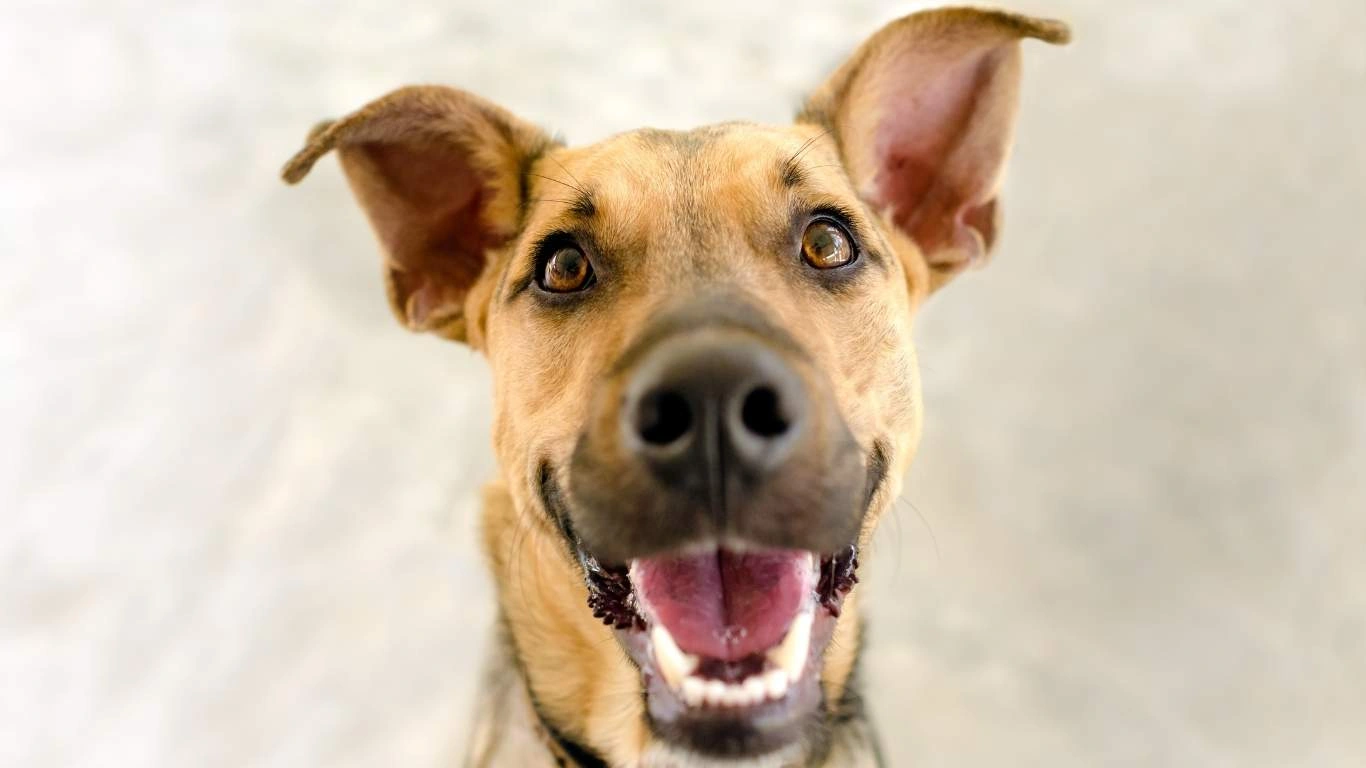
By now, you’ve got a solid grasp of how to support a dog with anemia. Let’s break it down into simple, actionable points:
- Prioritize iron-rich foods – Liver, lean meats, and eggs should be part of their diet.
- Pair iron with vitamin C – Helps with better absorption.
- Skip calcium-rich foods during iron meals – Dairy and high-calcium veggies can block iron absorption.
- Hydration is key – Bone broth and fresh water help maintain blood volume.
- Work with your vet – Every dog’s needs are different, so get a tailored plan.
Anemia can feel overwhelming, but with the right diet and care, your pup can bounce back stronger than ever.
FAQs
Here are some of the most common questions I get about feeding anemic dogs:
Can I give my dog human iron supplements?
No! Human iron supplements can be toxic to dogs. Always consult your vet before adding any supplements to your dog’s diet.
How long does it take for an anemic dog to recover?
Recovery time depends on the cause of the anemia. Mild cases can improve in a few weeks, while chronic conditions may need lifelong management.
Are raw diets good for anemic dogs?
Raw diets can be beneficial, but they must be well-balanced. Make sure they include iron-rich meats, organ meats, and vitamin B12 sources.
Bonus: Additional Resources or DIY Tips
For pet parents who love to take a hands-on approach, here are some extra tips:
- Make homemade iron-rich dog treats – Blend beef liver with eggs and bake them into bite-sized treats.
- Try golden paste – Turmeric mixed with coconut oil can support overall health and reduce inflammation.
- Use a slow feeder bowl – This helps dogs with anemia eat at a steady pace for better digestion.
Appendix: References, Disclaimer & Call to Action
References
- VCA Hospitals – Veterinary information on canine anemia.
- American Kennel Club – Nutritional guidelines for dogs.
- Merck Veterinary Manual – In-depth medical insights on anemia.
Disclaimer
This article is for informational purposes only and does not replace professional veterinary advice. Always consult a licensed veterinarian before making dietary changes for your pet.
Call to Action
If your dog is dealing with anemia, don’t wait—start implementing these dietary changes today! Have questions? Drop them in the comments or share your experience with other pet parents. Together, we can help every pup live a healthier, happier life! ❤️
